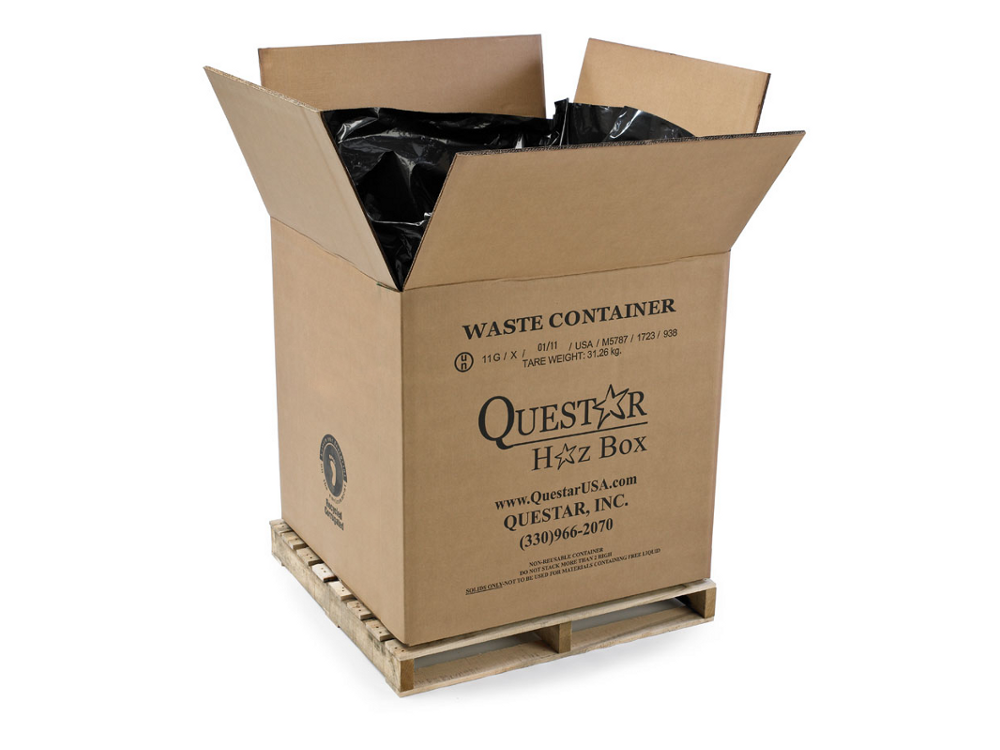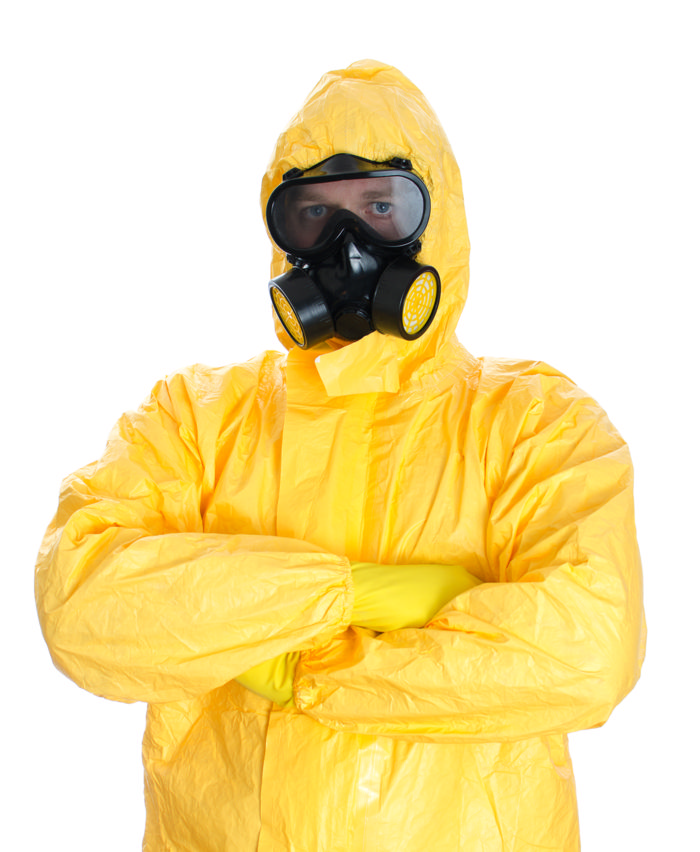Environmental
Our commitment to Safety
SafeSide is dedicated to the proper handling of hazardous materials that are generated, used, or left at our facilities. While many people may not understand the implications of handling lead, we take a serious look at how our operations mitigate the risks associated with this. From D-lead handsoap at the range wash stations to daily cleaning, we are always making efforts to educate our customers and provide a safe, clean environment for them inside - all the while protecting our environment outside.
The lead "dust" and Air Purity
Our indoor ranges use State-of-the-Art air handling systems, designed by Small Arms Range Ventilation specialists to ensure that we meet or exceed local, state, and federal laws and regulations. In addition, we have invested hundreds of thousands of dollars in control systems, 24 hour monitoring, and real-time safety shut down triggers to insure that our customers and staff are not over-exposed to the lead dust generated by discharging firearms.
Our filter units include a 2 stage approach, catching most of the larger particles into a “bag” type filter after the range air exits the bay through ductwork behind the bullet trap. After the air passes through the bag filters, it must then pass through a network of HEPA (High efficiency Particulate Air) filters, which catch almost 100% of the ultra-fine airborn particles. At this point, after the air is properly scrubbed, we exhaust about 25% of it back outside and replace that with fresh air to mix back in. This allows us to maintain a high level of efficiency for temperature control while keeping CO and CO2 levels from building up inside. In most cases, the HEPA filtered air you breath in our ranges (or that we exhaust outside) is cleaner than the air we are bringing in!
Once filters become “loaded” the system notifies us that they need to be changed. Using OSHA standards for PPE (Personal Protection Equipment), our staff will remove the old filters and replace with new ones. The old filters, along with the contaminated PPE, get placed into UN approved, X-rated hazmat boxes which include thick liners and triple-wall construction. Once sealed, this boxes are stored for up to 120 days, then picked up by an approved hazardous materials processor who provides documentation of pickup. Once it leaves our facility, the waste goes through strict handling and transport processes until it reaches its final destination where it is properly destroyed, stored, or recycled.
The Bullet "Traps"
At the business end of our ranges, there is a large berm of granulated rubber. This rubber is in chunks, usually about the size of gravel and is used to slow down the projectile to a stop without causing it to pulverize or fragment, which would create additional lead dust and debris. The trap is about 15’ deep and depth of the rubber various from 22”-48” depending on the caliber of bullets it is designed to accept. A standard 9mm handgun round will stop in 5-9” of rubber, so you can see there is a high safety factor. When the lead starts to build up under the rubber, we can see the texture and shape of the trap begin to change which is our cue to plan for a trap clean-up. We contract with a licensed range lead management company from North Carolina, who will come in and performs the service after-hours. Through a series of processes (some manual and some mechanical) the lead is separated from the rubber and captured for recycling. This process also shakes out the pieces of rubber that are too small for the trap, which are disposed of via the same carrier that handles the dirty filters. Additional new rubber is added to the trap if necessary, and the count starts over.